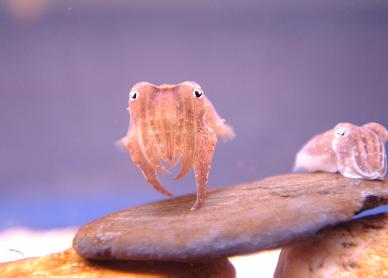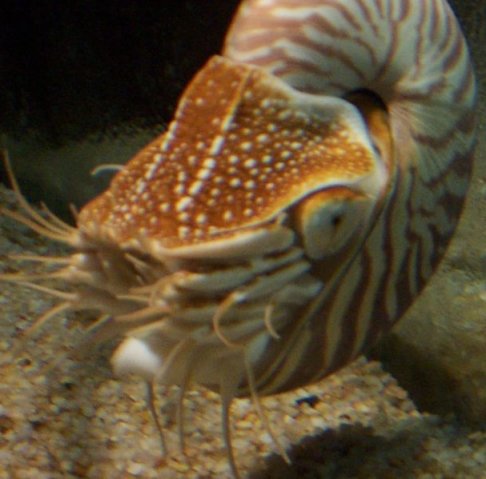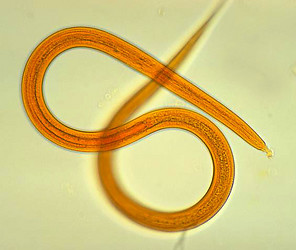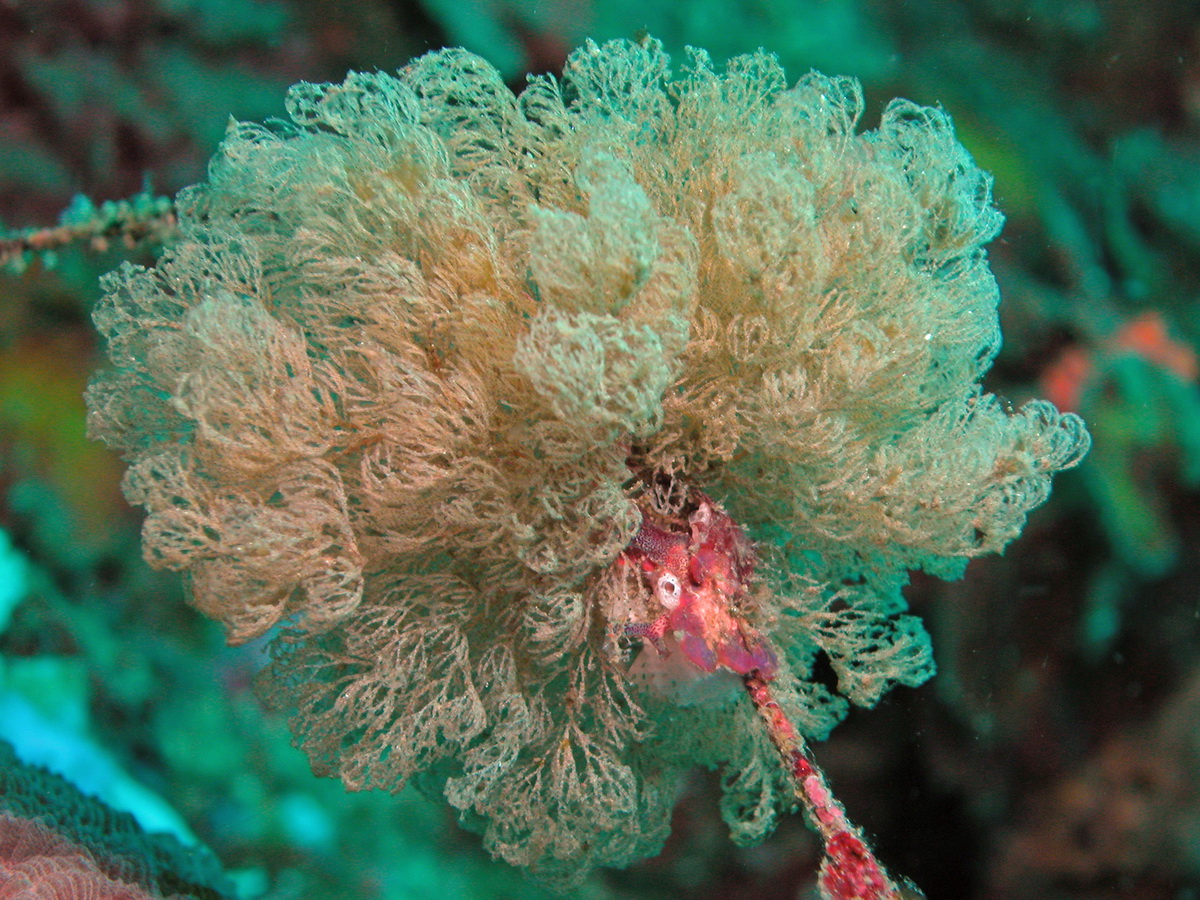So, as Campbell states, the "Kingdom Animalia encompasses 1.3 million known species, and estimates of total species range far higher".
Invertebrates - animals without a backbone - account for 95% of known animal species and all but one of the roughyl 35 animal phyla that have been described.
- More than a million extant species of animals are known, and at least as many more will probably be identified by future biologists.
- Invertebrates inhabit nearly all environments on Earth, from the scalding water of deep-sea hydrothermal vents to the rocky, frozen ground of Antarctica.
Lophotrochozoan is defined as: a member of a group of animals phyla identified as a clade by molecular evidence. Lophotrochozoans include organisms characterized by lophophores or trochophore larvae. ('Lophophores' are feeding organs.)
Within the lophotrochozoans are the phyla:
Platyhelminthes (20,000 species)

2. Rotifera (1,800 species)

Then there is the taxon ECDYSOZOA, which is defined as a member of a group of animal phyla identified as a clade by molecular evidence. (Many ecdysozoans are molting animals.) The ecdysozoa taxon includes the phyla Loricidera (10 species), Priapula (16 species), Tardigrages (800 species), Onychophora (110 species), Nematoda (25,000 species), and Arthropoda (1,000,000 species).
The taxon deuterostomia is a superphylum of animals. They are distinguished by their embryonic development; in deuterostomes, the first opening (the blastopore) becomes the anus, while inprotostomes it becomes the mouth. This includes the phyla Hemichordata (85 species), Echinodermata (7,000 species), and Chordata (52,000 species).
Here are some pictures of a variety of invertebrates that are beneficial in our ecosystem today.


















Questions:
1. Which phylum is characterized by animals that have a segmented body?
a. Cnidaria
b. Platyhelminthes
3. Silicea
4. Arthropoda
5. Mollusca
2. Cnidarians are _(a)_ that often use tentacles arranged in a ring around their mouth to capture prey and push the food into their gastrovascular cavity.
a. omnivores
b. carnivores
c. herbivores
3. Which of the following characteristics is probably most responsible for the great diversification of insects on land?
a. exoskeleton
b. bilateral symmetry
c. segmentation
d. antennae
e. eyes
Answers: 1 d, 2b, 3a.
1. Which phylum is characterized by animals that have a segmented body?
a. Cnidaria
b. Platyhelminthes
3. Silicea
4. Arthropoda
5. Mollusca
2. Cnidarians are _(a)_ that often use tentacles arranged in a ring around their mouth to capture prey and push the food into their gastrovascular cavity.
a. omnivores
b. carnivores
c. herbivores
3. Which of the following characteristics is probably most responsible for the great diversification of insects on land?
a. exoskeleton
b. bilateral symmetry
c. segmentation
d. antennae
e. eyes
Answers: 1 d, 2b, 3a.
No comments:
Post a Comment